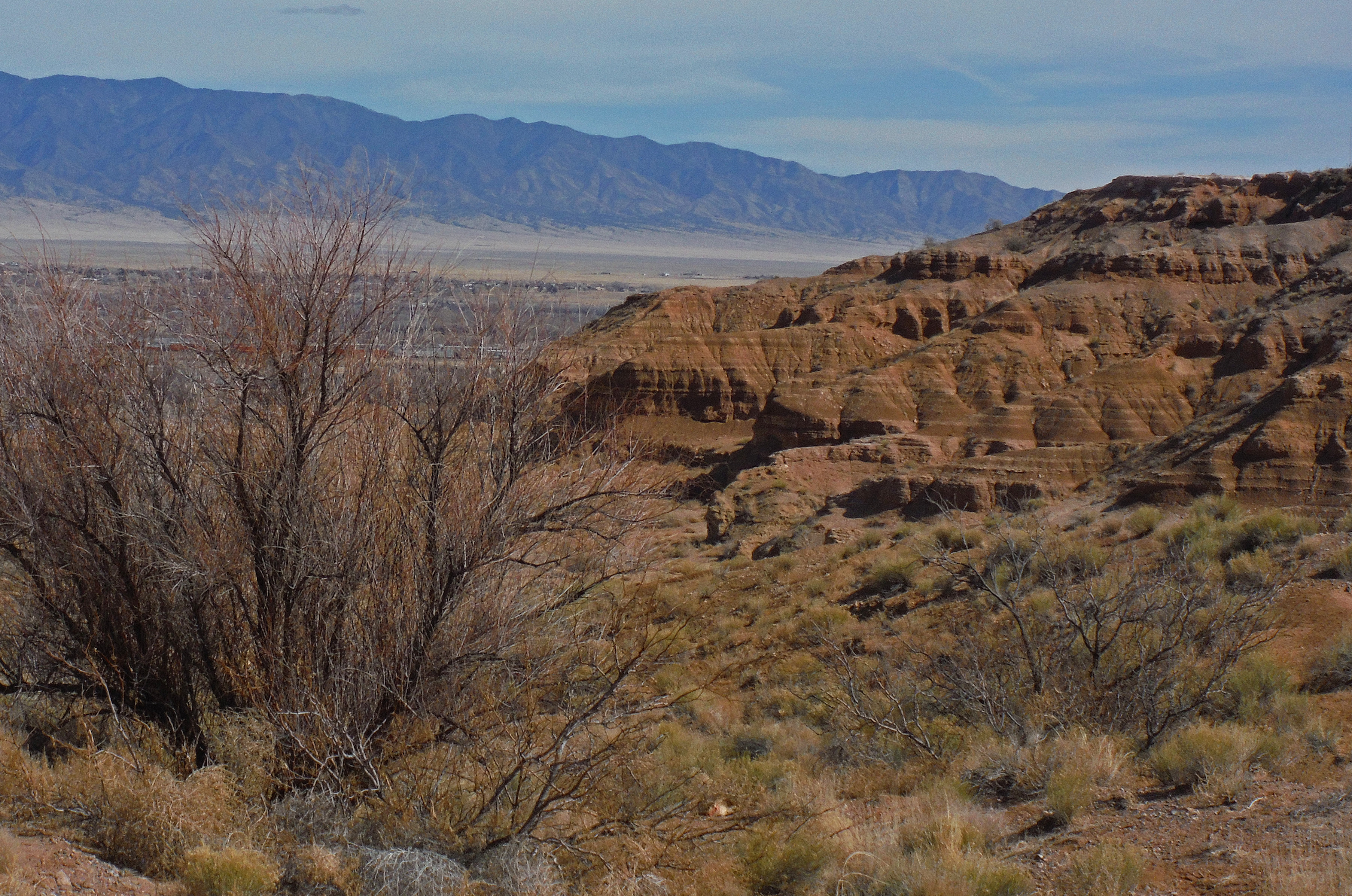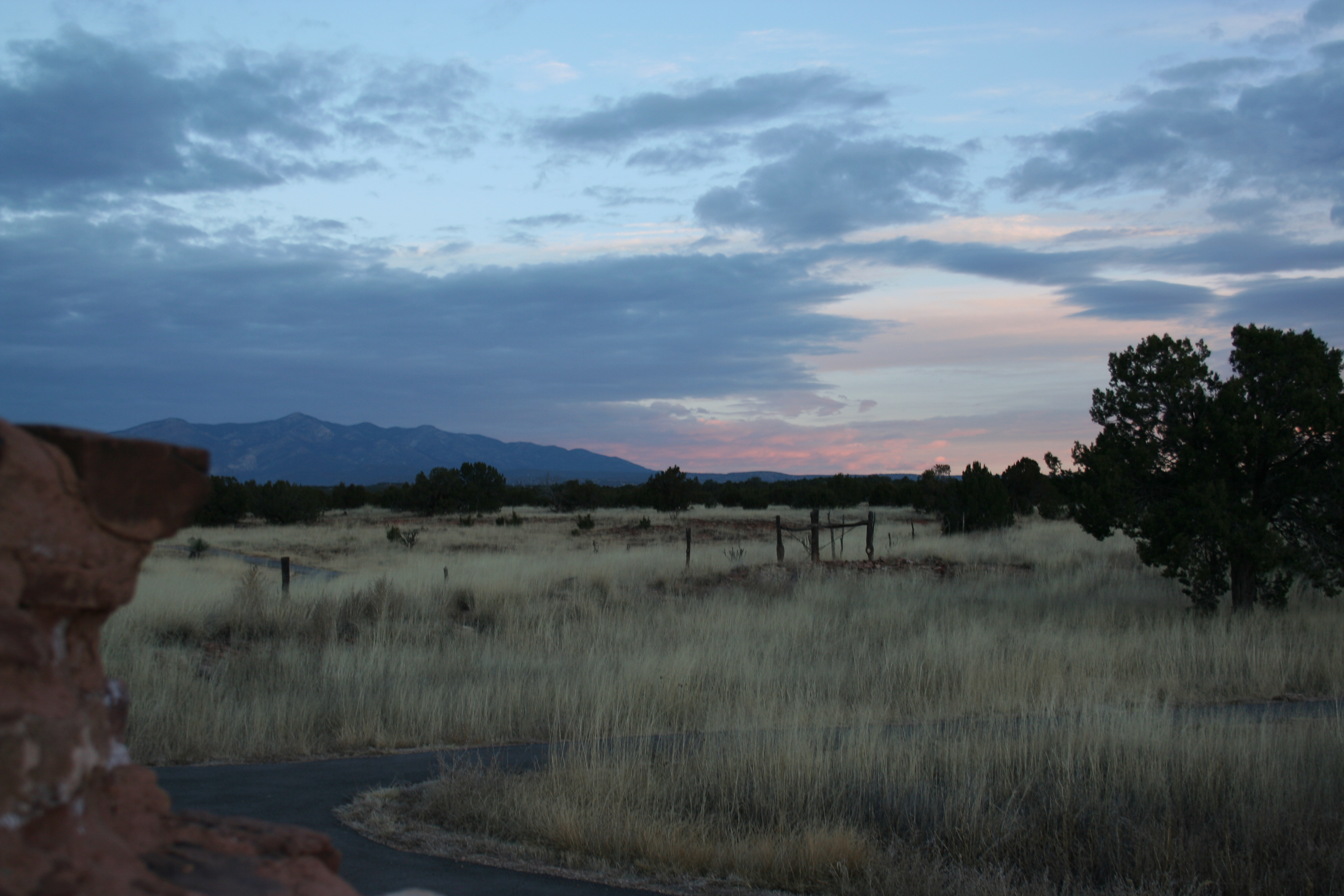Belen NM Weather: Your Ultimate Guide To Staying Prepared
Planning a visit to Belen, NM, or simply curious about its weather patterns? Understanding the climate and seasonal changes in Belen NM weather is essential for making informed decisions, whether you're traveling, relocating, or managing daily activities. Belen, nestled in the heart of New Mexico, boasts a unique semi-arid climate that blends warm summers with mild winters. This distinct weather profile influences everything from outdoor adventures to agricultural practices in the region. From temperature fluctuations to precipitation trends, Belen NM weather offers a fascinating glimpse into how geography and climate interact to shape everyday life.
Residents and visitors alike often wonder how Belen's weather compares to other parts of New Mexico. The area's elevation and proximity to the Rio Grande play a significant role in its meteorological characteristics. Summers are typically warm and dry, while winters remain relatively mild, with occasional snowfall. Understanding these nuances can help you prepare for seasonal shifts and make the most of your time in this vibrant community.
For those seeking reliable information about Belen NM weather, this guide dives deep into everything you need to know. From historical weather data to practical tips for navigating the seasons, we’ll explore how Belen's climate impacts daily life and outdoor activities. Whether you're a local resident or a first-time visitor, this article will equip you with valuable insights to stay informed and prepared.
Read also:Bob Dylans Connection To Malibu A Deep Dive Into His Life And Influence
Table of Contents
- What Makes Belen NM Weather Unique?
- How Does Belen NM Weather Change with the Seasons?
- Is Belen NM Weather Friendly for Outdoor Activities?
- What Are the Most Common Weather Patterns in Belen NM?
- Tips for Preparing for Belen NM Weather
- Historical Weather Data for Belen NM
- How Does Belen NM Weather Affect Local Agriculture?
- The Impact of Climate Change on Belen NM Weather
- Frequently Asked Questions About Belen NM Weather
- Conclusion: Stay Informed About Belen NM Weather
What Makes Belen NM Weather Unique?
Belen NM weather stands out due to its semi-arid climate, characterized by low humidity and abundant sunshine throughout the year. This region experiences an average of 280 sunny days annually, making it a haven for outdoor enthusiasts. The combination of high elevation and desert-like conditions creates a unique microclimate that sets Belen apart from other parts of New Mexico.
One of the defining features of Belen NM weather is its temperature range. Daytime highs can soar during the summer months, while nighttime temperatures often drop significantly, creating a stark contrast. This diurnal temperature variation is typical of desert climates and contributes to the area's distinct charm.
Additionally, Belen's proximity to the Rio Grande influences its weather patterns. The river moderates temperatures to some extent and provides a vital water source for the region. This interplay between geography and climate makes Belen NM weather a fascinating subject for meteorologists and residents alike.
How Does Belen NM Weather Change with the Seasons?
Understanding seasonal variations is key to grasping the nuances of Belen NM weather. Each season brings its own set of characteristics, from scorching summers to mild winters. Here's a closer look at how Belen's weather evolves throughout the year:
- Spring: Spring in Belen is marked by gradually warming temperatures and occasional rain showers. This is an ideal time for outdoor activities like hiking and birdwatching.
- Summer: Summers are hot and dry, with temperatures often exceeding 90°F. The lack of humidity makes the heat more bearable, but hydration is crucial.
- Fall: Fall offers a welcome reprieve from summer heat, with cooler temperatures and vibrant foliage. It's a popular time for festivals and community events.
- Winter: Winters in Belen are mild compared to other parts of the country. Snowfall is rare but not unheard of, and temperatures rarely dip below freezing.
What Are the Most Common Weather Patterns in Belen NM?
Belen NM weather is characterized by several recurring patterns that shape daily life in the region. These include:
- Dry Conditions: The semi-arid climate means rainfall is minimal, averaging around 10 inches per year. This dryness affects everything from gardening to water conservation efforts.
- Wind: Windy days are common in Belen, particularly during the spring. These gusts can occasionally cause dust storms, impacting visibility and air quality.
- Temperature Swings: Diurnal temperature variations are a hallmark of Belen NM weather, with warm days giving way to cool nights.
Is Belen NM Weather Friendly for Outdoor Activities?
For outdoor enthusiasts, Belen NM weather offers plenty of opportunities to enjoy nature year-round. The region's sunny skies and mild winters make it an attractive destination for hiking, biking, and exploring the great outdoors. However, it's essential to plan activities around seasonal weather patterns to ensure a safe and enjoyable experience.
Read also:Exploring The Charm Of Stage House Mountainside Nj A Hidden Gem
Best Times for Outdoor Adventures
Spring and fall are widely regarded as the best times for outdoor activities in Belen. During these seasons, temperatures are moderate, and the weather is generally pleasant. Summer adventures require extra precautions due to the heat, while winter outings are best suited for those who enjoy cooler temperatures.
What Should You Pack for Outdoor Activities in Belen NM?
Regardless of the season, packing appropriately is crucial for enjoying Belen NM weather. Essentials include:
- Sunscreen and sunglasses to protect against UV rays.
- Lightweight, breathable clothing for summer.
- Layers for cooler mornings and evenings.
- A reusable water bottle to stay hydrated.
Tips for Preparing for Belen NM Weather
Whether you're a newcomer or a seasoned resident, staying prepared for Belen NM weather is essential. Here are some practical tips to help you navigate the region's climate:
- Stay hydrated, especially during the hot summer months.
- Invest in quality sun protection, including hats and UV-blocking clothing.
- Keep an eye on weather forecasts to anticipate temperature swings and wind conditions.
- Prepare your home for seasonal changes, such as insulating windows for winter and using fans during summer.
Historical Weather Data for Belen NM
Examining historical weather data provides valuable insights into Belen NM weather trends over time. Records show that the region has experienced consistent temperature patterns, with occasional anomalies due to climate variability. Understanding these trends can help residents and visitors better anticipate future weather conditions.
Key Takeaways from Historical Data
- Average annual rainfall has remained relatively stable over the past few decades.
- Summer temperatures have shown a slight upward trend, consistent with broader climate change patterns.
- Winter snowfall remains infrequent but unpredictable.
How Does Belen NM Weather Affect Local Agriculture?
Agriculture is a vital part of Belen's economy, and Belen NM weather plays a crucial role in shaping farming practices. The region's semi-arid climate presents both challenges and opportunities for growers. While the dry conditions require careful water management, the abundant sunshine supports crop growth.
Adapting to Weather Challenges
Farmers in Belen rely on irrigation systems to compensate for low rainfall. Additionally, crop selection is often tailored to suit the region's climate, with drought-resistant varieties being a popular choice.
The Impact of Climate Change on Belen NM Weather
Like many regions worldwide, Belen NM weather is not immune to the effects of climate change. Rising temperatures and shifting precipitation patterns pose challenges for residents, farmers, and policymakers. Addressing these changes requires proactive measures to mitigate their impact on the community.
What Can Be Done to Combat Climate Change in Belen?
Efforts to combat climate change in Belen include promoting sustainable practices, investing in renewable energy, and raising awareness about environmental conservation. These initiatives aim to preserve the region's unique weather patterns for future generations.
Frequently Asked Questions About Belen NM Weather
Here are some common questions people ask about Belen NM weather:
What Is the Average Temperature in Belen NM?
The average temperature in Belen varies by season, with summer highs reaching the 90s and winter lows rarely dropping below freezing.
Does It Snow in Belen NM?
Yes, but snowfall is infrequent and typically light. Winter weather in Belen is generally mild.
How Much Rainfall Does Belen NM Receive Annually?
Belen receives approximately 10 inches of rainfall per year, consistent with its semi-arid climate.
Is Belen NM Weather Suitable for Year-Round Gardening?
While year-round gardening is possible, it requires careful planning and irrigation due to the region's dry conditions.
Conclusion: Stay Informed About Belen NM Weather
Understanding Belen NM weather is essential for making the most of your time in this vibrant New Mexico community. From its semi-arid climate to its seasonal variations, Belen's weather offers a unique blend of challenges and opportunities. By staying informed and prepared, you can enjoy all that this region has to offer, whether you're exploring its outdoor spaces or planning your daily activities.
Article Recommendations

